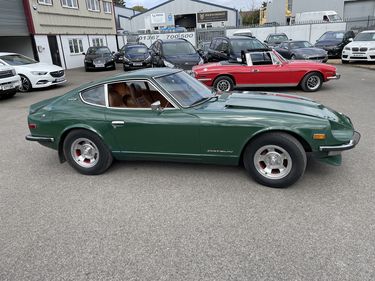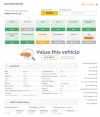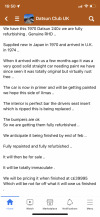Sold new in 1970 in Japan then arrived here in 1974 ?
As I've already tried to point out in this thread, that kind of scenario is perfectly feasible.
Cases in point, two of my own cars:
One is a 1970 Fairlady Z-L which was sold new in Japan by Nissan's Diplomatic Sales department to a USAF pilot. After a few years in Japan - and then the USA - it came to the UK with him and ended up being given a 'W' suffix UK number in 1980.
The other is a 1972 Fairlady 240ZG sold new in Japan and then brought to the UK by its owner on a Japanese temporary-import 'carnet' license plate in early 1973. He drove it as his personal transport whilst living in London and racing in British and European F3 and F2 events. He left it here when he went back to race in Japan and it was finally given an 'N' suffix UK number in 1974.
So, there's nothing suspicious about the
'sold 1970 Japan - arrived UK 1974' story for this green car. The problem is the claim of "
Genuine RHD" when the car clearly started life as an LHD variant.



